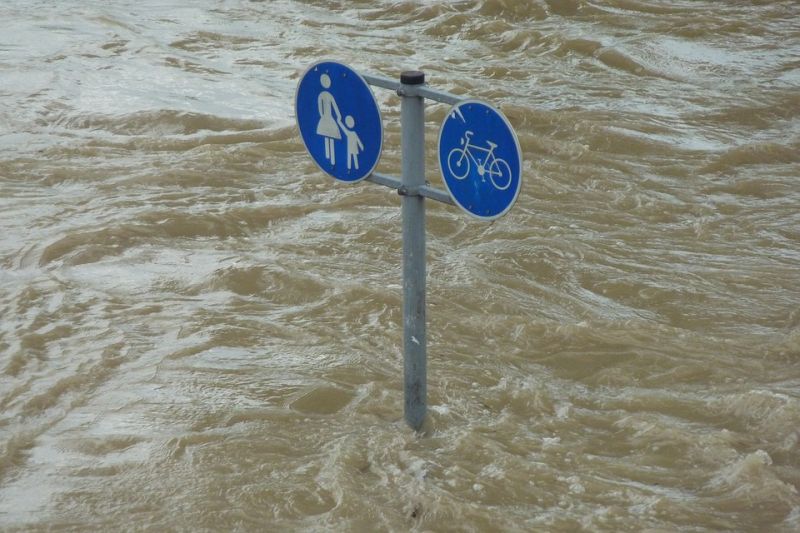Before the Flood: What Drives Preparedness?
Published on by Water Network Research, Official research team of The Water Network in Academic
More targeted efforts are needed from both the public and private insurance sectors in order to encourage people to take action to reduce their risk of flood damage, according to a new study of three European countries.

Urban flood, Image source: Pixabay
A new study across Austria, England, and Romania finds room for improvement in both public and private schemes that could help encourage risk reduction behaviors and reduce losses in future disasters.
“Currently neither insurance nor governments successfully encourage risk reduction. Increased and more targeted efforts particularly from local authorities will be important, and have the capacity to change the picture. This will be exceedingly important considering extreme events from climate change,” says IIASA researcher Susanne Hanger, who led the study. “This in turn is important for insurance to remain viable and for governments to not overspend on disaster aid.”
The study, published in the journal Risk Analysis, provides a detailed look at different public and private incentives for risk reduction and their association with actual risk reduction behavior, in three European countries.
Public versus private
The study also finds little support for the idea that compensation for flood damage make people less likely to take personal risk reduction measures, such as taking actions to prepare for an eventual flood or installing structures or technologies that can help protect homes from damage. Instead, the study finds that neither private insurance nor public compensation after a disaster is linked to less risk reduction at an individual level.
“There is an idea that public compensation schemes are bad for risk reduction behavior—that is, that if people know they will be compensated in the event of a disaster, they will be less likely to take measures that could help protect their property from damage,” says Hanger.
The new study does not disprove this idea, a tenet of economic theory, but it suggests that if the link does exist, it may not make a difference in overall behavior, which is driven by many different factors. Unfortunately the study suggests that insurers and public authorities may be the least of these factors.
International perspective
The study is one of the first to take a multi-country look at whether insurers’ and public efforts make a difference in flood risk behavior. Hanger and colleagues in Austria, England, and Romania surveyed over 1,800 individuals in the three countries, which have very different insurance and compensation schemes.
While the researchers found no link between post-disaster compensation and reduced individual preparation, they did find a connection between public infrastructure measures such as flood dams, which may be linked to a sense of increased safety.
In both England and Austria, the researchers found that public risk reduction infrastructure, such as dams and levees, were associated with a lower rate of individual investment in risk reduction measures.
Interestingly, in Romania neither insurer’s nor government efforts showed any effect on household risk reduction behavior. Hanger speculates that this may be a result of insufficient public capacity to provide this kind of support.
Read full article: IIASA
Read full study: Wiley Online Library
Media
Taxonomy
- Governance
- Integrated Urban Water Management
- Risk Assessment
- Governance & Policy
- Flood Management
- Urban Water
- Urban Resource Management
- Flood management
- Flood damage
- Flood prediction